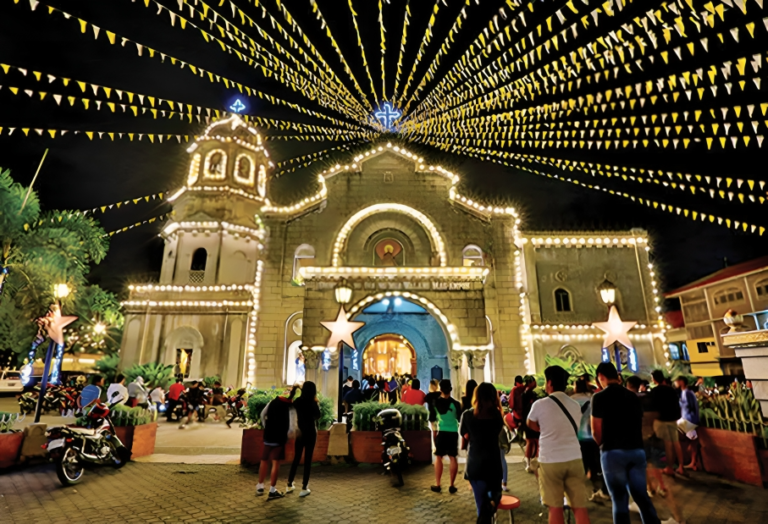In one of the world’s largest displays of devotion, millions of Filipino Catholics flooded the streets of Manila on Thursday for the annual procession of the centuries-old statue of Jesus Christ, the Black Nazarene. Dressed in maroon and yellow, fervent devotees jostled for a chance to pull the thick ropes attached to the carriage carrying the revered image, which depicts Christ bearing the cross.
In Asia’s largest Christian-majority nation, about 80 percent of the Philippines’ 110 million citizens identify as Catholic, a legacy of over 300 years of Spanish colonization. The procession, known as Traslacion or “transfer,” stretches 6.5 kilometers and commemorates the 1787 relocation of the Black Nazarene from a church in the historic district of Intramuros to its current home at Quiapo Church.
“The site of Quiapo showcases ordinary Filipinos’ appropriation of this faith,” explained Wilson Espiritu, assistant professor of theology at the Ateneo de Manila University. “The tradition of making and keeping panata (pledges) to the Black Nazarene has been passed down through generations.”
The original statue, crafted by an unknown Mexican sculptor, arrived in the Philippines from Mexico in 1606, originally residing in the Church of San Juan Bautista before moving to Intramuros in 1608. Many devotees believe in the statue’s miraculous powers, claiming that touching it or the ropes of its float can heal ailments or reverse misfortune. Its legend is bolstered by its survival through earthquakes, fires, floods, and the bombing of Manila during World War II.
The Feast of the Black Nazarene has similarities with other Catholic celebrations, such as the Festival of Cristo Negro in Panama. “This reflects the ‘Catholicity’ of this popular Filipino devotion,” Espiritu noted, while also highlighting its unique historical and cultural significance in Filipino society.
Manila police anticipate at least 6 million participants this year, which marks a historic occasion as the feast will be observed nationwide, with churches across the country hosting various celebrations. Preparations began on Monday evening, and as excitement built among devotees, church officials allowed the ritual of pahalik—the kissing of the statue—to commence hours early.
For many Filipinos, such religious traditions are an opportunity to “rekindle a sense of collective hope for a better life,” said Robbin Dagle, a lecturer at Ateneo de Manila University. “Acts like sharing food and water among devotees reinforce community ties. Filipinos place their faith not only in each other but also in Jesus, who understood suffering, rather than in distant leaders who have let them down.”
In a rapidly urbanizing world, Filipinos continue to find meaning in their religious traditions, which embody community and enduring hope—qualities increasingly elusive in modern life.












+ There are no comments
Add yours